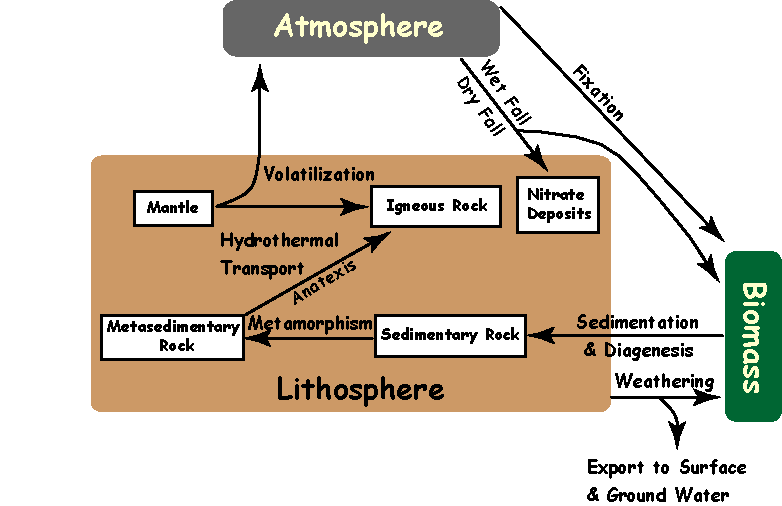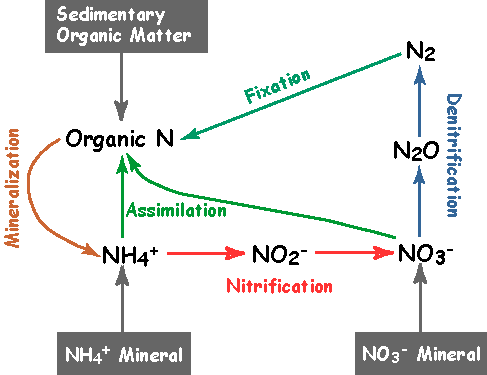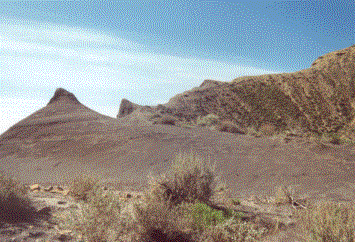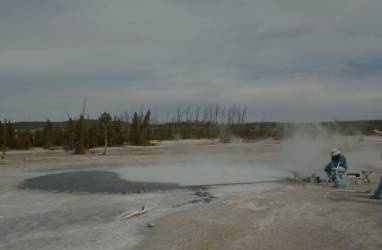
Biogeochemistry
of Carbon and Nitrogen in Aquatic Environments
Research
Topics
Index
Project Home
Bedrock
and Terrestrial Nitrogen Cycling
| Nitrogen in bedrock occurs as ammonium and nitrate
minerals, and as recalcitrant organic matter inherited from sediments and
retained through diagenesis and metamorphism.
The forms of geologic nitrogen in bedrock and cycling between nitrogen
in the lithosphere, atmosphere, hydrosphere and biosphere are the subjects of a
recent paper (Holloway
& Dahlgren 2002). |
 |
 |
Bedrock
nitrogen is incorporated into soils through weathering. Nitrogen is transformed through soil
microbial cycling with assimilation of nitrogen by biota and vegetation. Nitrogen in excess of biological uptake is
leached to surface and ground waters.
Disruption of soils through irrigated agriculture, removal of vegetation
or land development can lead to elevated concentrations of nitrate in runoff. The release of nitrogen from bedrock is
examined by this project in two contexts: 1) bedrock weathering, and 2)
hydrothermal transport. |
Bedrock Weathering
| The relationship between carbon and nitrogen in rock,
assimilation of these nutrients in soil, and the release of nitrogen through
leaching and through denitrification was examined. The photograph to the right shows a typical outcrop of Mancos
Shale, which is a prominent rock type in the Grand Valley of western
Colorado. This rock type has elevated
carbon and nitrogen concentrations; however, surface and ground waters have
relatively low concentrations of nitrate.
We believe that soil microbial processes sequester nitrogen weathering
from the Mancos shale and release some of this nitrogen to the atmosphere through
denitrification, thus minimizing nitrate concentrations in the absence of
irrigated agriculture. |
 |
Hydrothermal Transport
 |
Sources and fate of nitrogen in thermal waters are being
investigated at Yellowstone National Park in collaboration with Kirk Nordstrom
(USGS, Boulder, Colo.) and J.K. Böhlke (USGS, Reston, Va.). Hot spring waters throughout the park have been analyzed for
nitrogen concentration and speciation as part of a multi-year study. The biogeochemistry of nitrogen in hot spring
runoff channels has been addressed using a combination of in situ
chemistry and laboratory assays of microbial activity. Jim Ball, member of the Nordstrom
project, is shown at Cinder Pool. |
Links
Yellowstone
National Park




